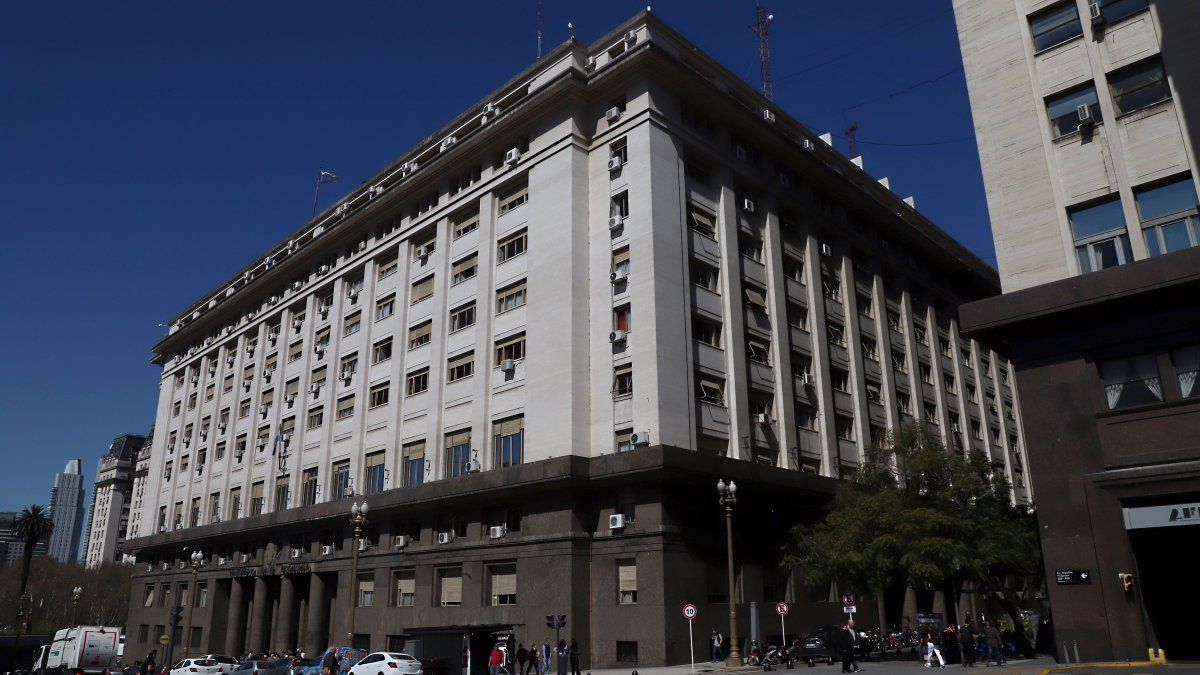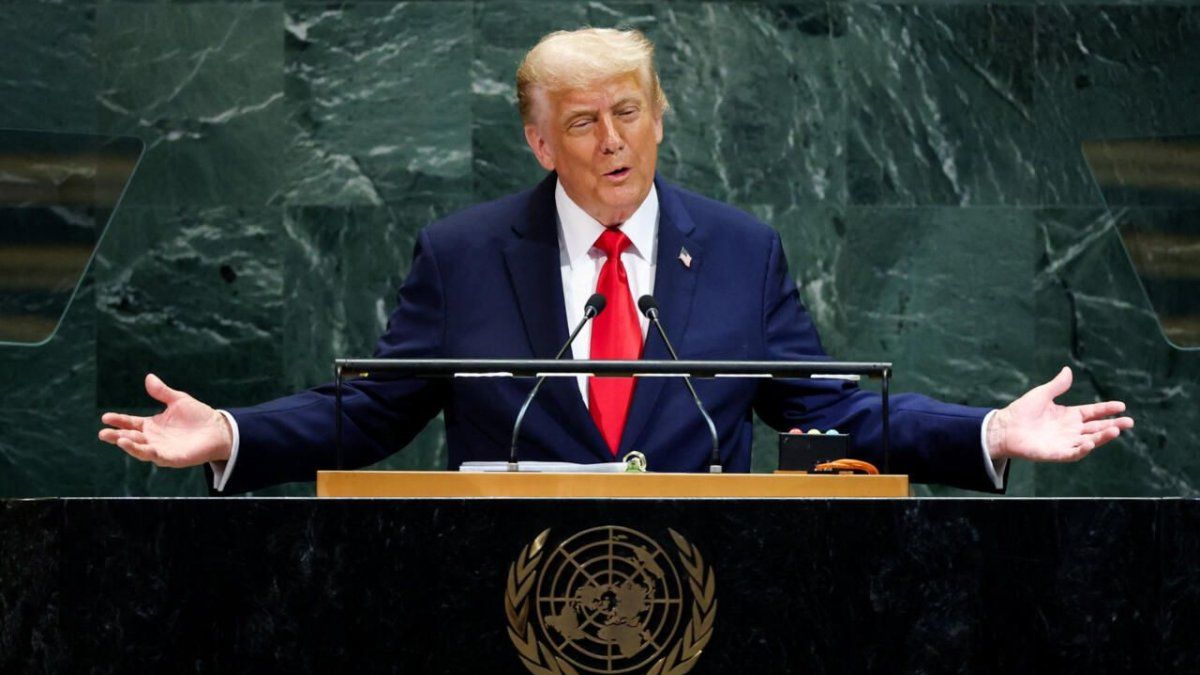From here he released another key to define this framework where decentralization moves, which is the absence of intermediaries. To illustrate such concepts, he explained how the blockchain works. As if they were layers of a great circle, the center is made up of the technology, the blockchain itself. outside, we find the business blockchain (Onix, for example), the third layer would be the cryptocurrencies, the fourth the tokens and the fifth the DeFi.
“People often confuse the crypto system with the technology behind it,” acknowledged Claudio Fiorillo. “It is an infrastructure where a risk that is between private parties is admitted,” he clarified, that is what first of all differs from the traditional financial system. “The blockchain seeks to drastically reduce friction with the client, shorten operating times and costs by eliminating intermediation”Fiorillo explained. So the steps are: the transaction, the network, the consensus, is transmitted and executed.
Later he pointed out which are the different assets that can be traded. So the token certify the veracity of a physical asset through a protocol, stablecoins They are cryptocurrencies that are backed by fiat money, an asset or resource, another cryptocurrency or an algorithm. The NFTs are representations of objects where there is a proof of ownership and the DeFi that seek to be global and open finance without the participation of third parties.
“Decentralization is not going to be eliminated in the short term”, Fiorillo defined the state of the situation, for this he explained that fiat money is still needed to put a price on these financial assets and, as we mentioned before, the different layers that exist on the blockchain relative to the products that were created on it are often centralized. Here he named the CeFi (Centralized Finance within the crypto world)and the best known example of them is the Binance exchange. DeFi, on the other hand, are generated through self-executing smart contracts under already predefined parameters, it is immutable and transparent.
“Decentralization sounds good but you have to have a key factor, trust”Fiorillo said. Among the positive characteristics there are: less costs and less friction with the client, but the negative ones include overcollateralization and less regulation. The CeFi stand out because They make it easier to manage client portfolios and distribute authority, but there are intermediaries. In DeFi, on the other hand, there is scalability, but less liquidity and it is more complex for average citizens.
Web3 is the concept in which content creation is not from the platform where it was created but from the owner. “I define it as the Internet of value,” he explained in the Master Class. “It will change the way we do business and the way we deal with each other on an interpersonal level,” she expanded. “We have great promise but there are still conflicts to resolve,” he mentioned and expanded: “FTXs create trust issues.”
Regarding DeFi as a promise for the future, he argued that interoperability will be necessary because customers need facilities to manage digitallyand that regulation will be necessary because there is money involved. “It will be exchanges in a regulated environment, with governance mechanisms, multiple chains on the platform and ultimately there will be a financial metaverse”he predicted.
“Technological change is exponential, but the human being is not,” he said, and regarding the question that was asked if fintech can be decentralized, he answered: yes, but with interoperability and cultural changes.
Source: Ambito
I am a 24-year-old writer and journalist who has been working in the news industry for the past two years. I write primarily about market news, so if you’re looking for insights into what’s going on in the stock market or economic indicators, you’ve come to the right place. I also dabble in writing articles on lifestyle trends and pop culture news.




